A few weeks ago we talked about how clinical trial marketers can get started on Facebook. Spoiler: One of the most effective ways is to utilize paid advertising. The same holds true for physician marketers. There are several different types of paid advertisements on Facebook; however, the line between advertisements and other content, such as sponsored posts, is sometimes blurred. Marketers have many options when it comes to making their content visible on Facebook, so let’s delve into some of those options.
Advertisements
Facebook offers advertising options that are fairly straightforward and appear labeled as such on the platform. Facebook offers marketers the opportunity to target demographics with precision according to age, sex, location, behaviors, and interests. User posts and conversations can even be targeted by keywords to ensure that ads appear to users to whom they are relevant. For example, a teenager polling his or her friends on the best way to get rid of a pimple may see an ad for a dermatologist.
Facebook also offers physician marketers more options when it comes to retargeting compared with search engines, such as Google or Bing. Search engine providers are generally more restrictive in approving healthcare-related ads for retargeting and very few are approved.
Major advantages to the Facebook ad platform include:
- Extensive analytics
- “Like” generation
- Costs are based on results/budget friendly
- Easy to establish
Placement
While Facebook ads offer physician marketers many options for reaching their target audience, there are additional ways advertisers can make use of Facebook’s paid options that may be more appealing to their demographic. Some of Facebook’s most effective ads appear directly in the user’s newsfeed right along with their friend’s posts. These “ads” take the form of regular posts, but they are labeled as “sponsored” in the user’s newsfeed. This placement is much less obtrusive and, at the same time, harder to miss than right column placement. In fact, many users prefer to receive information about brands in the form of content that does not resemble traditional advertising. For example, a physician marketer may choose to promote an open house event with high-quality photos and a link to sign up for the practice’s email list.
Sponsored and “boosted” posts work in much the same way as standard advertisements, allowing the marketer to select a budget and demographic information. Identifying your goal and choosing the right type of ad will help you achieve success with your campaign. For example, if you are new to Facebook and are looking to generate more likes for your page, a “page like” ad will specifically solicit targeted users to like your page. More importantly you can choose the placement of this ad so that it appears in users’ newsfeed as well as on the mobile app.
While Facebook is an emerging and ever-changing platform, its cost-effective ability to target users with startling accuracy in an unobtrusive way means it is a tool that physician marketers should use. Physician marketers who make strategic use of Facebook’s varied advertising options will be able to more accurately reach their target audience for less cost.















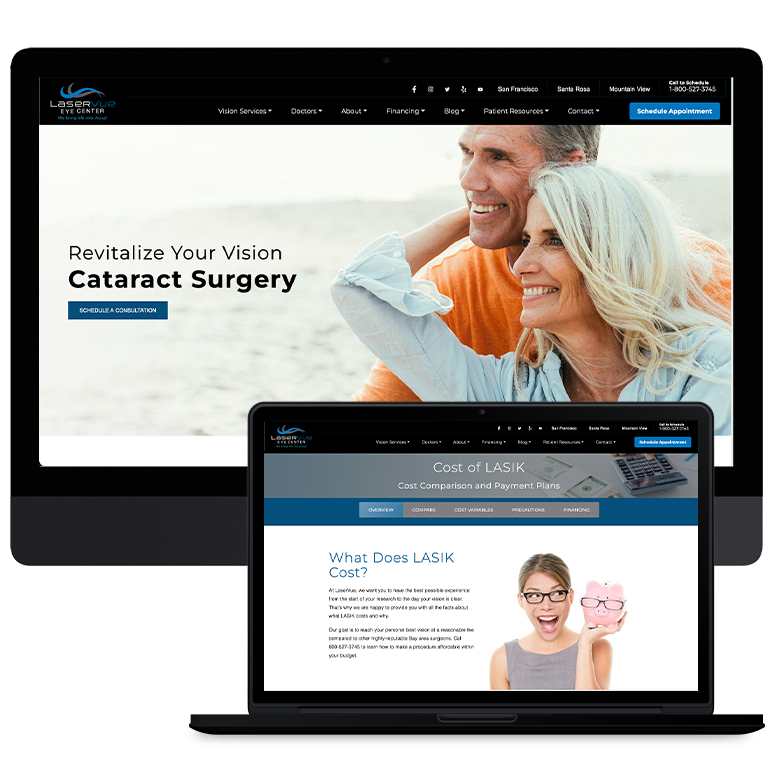
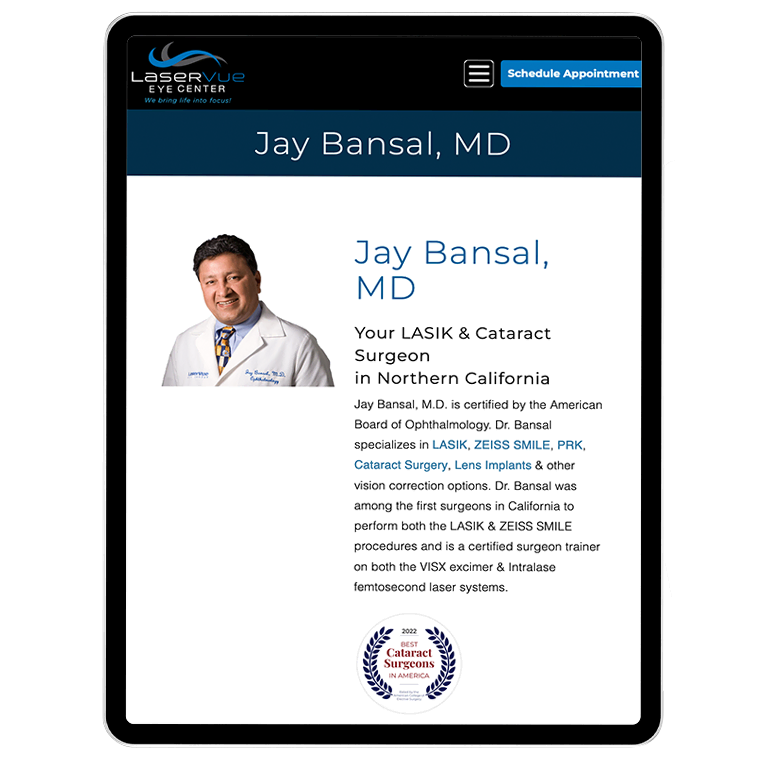

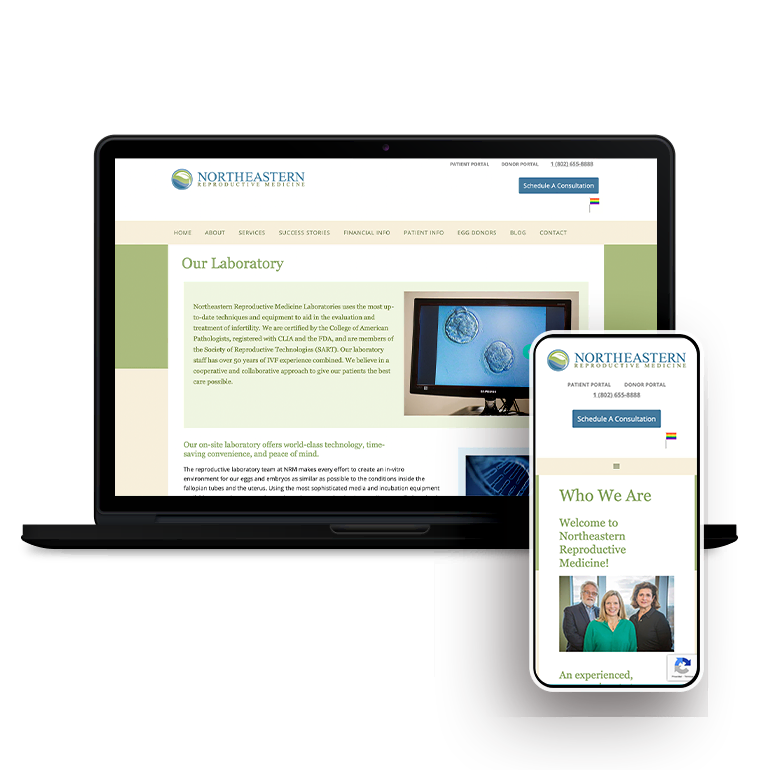
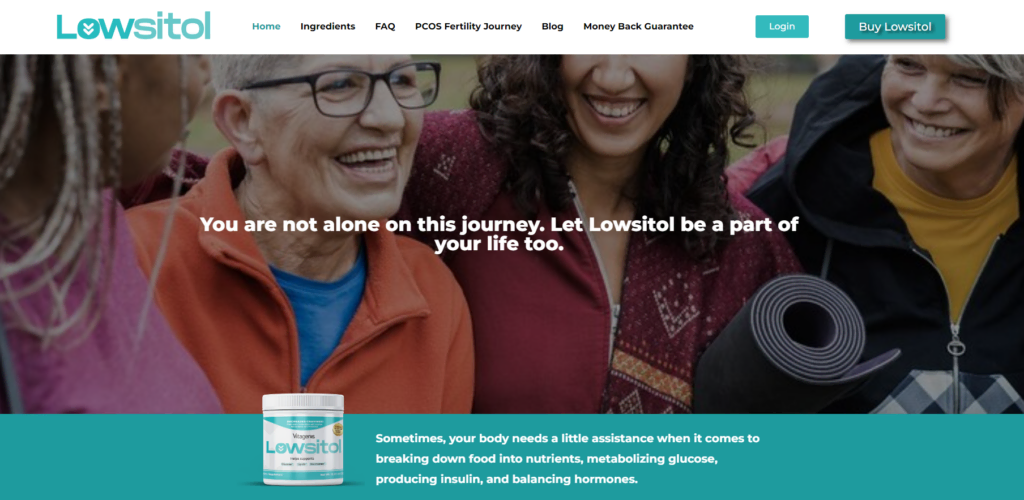


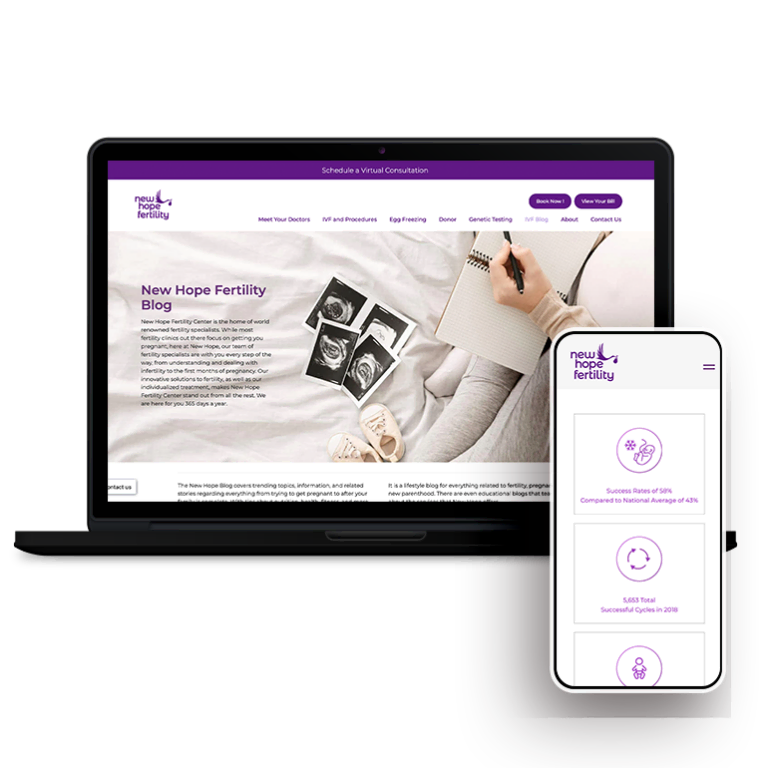
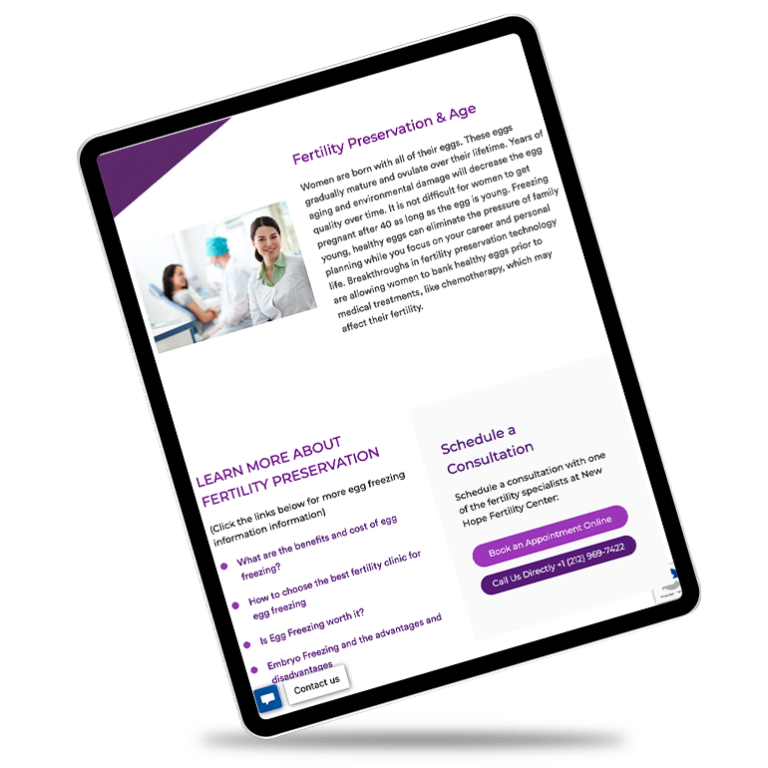

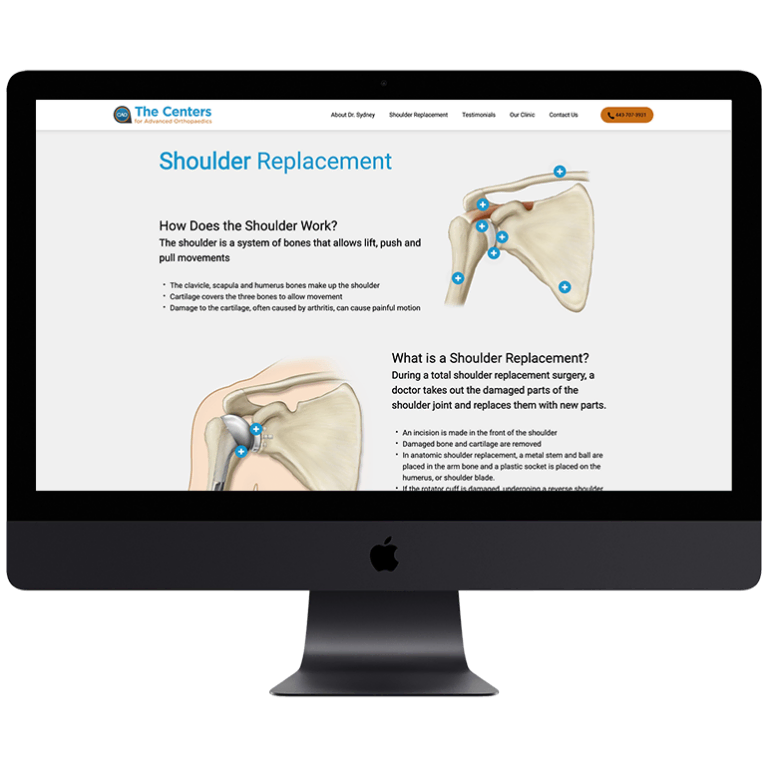
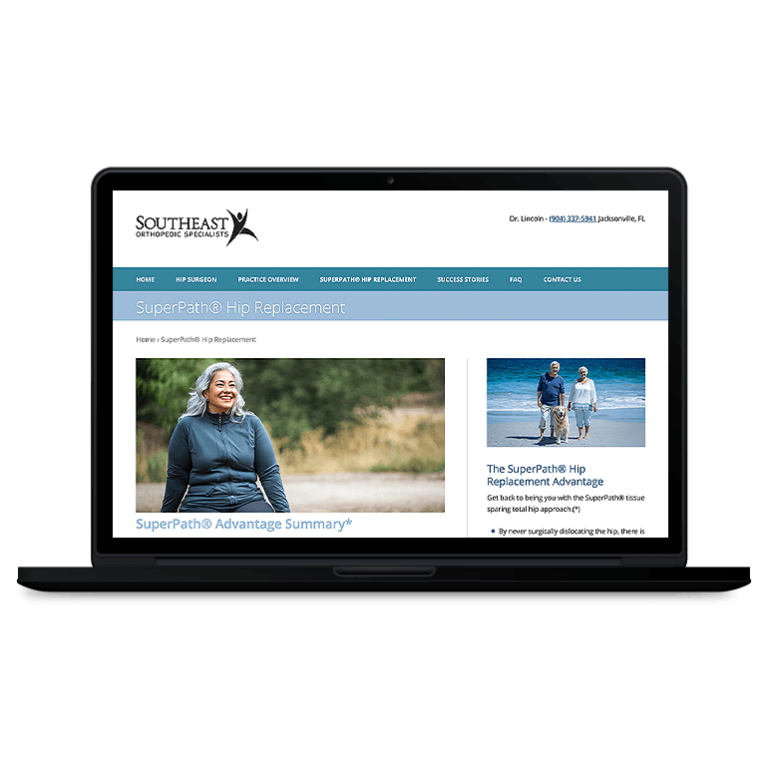
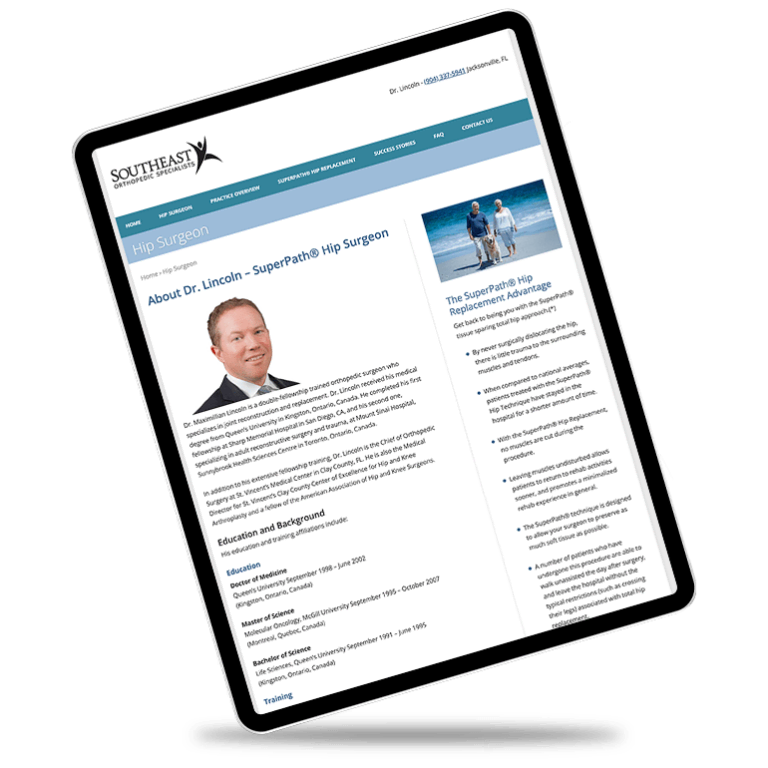

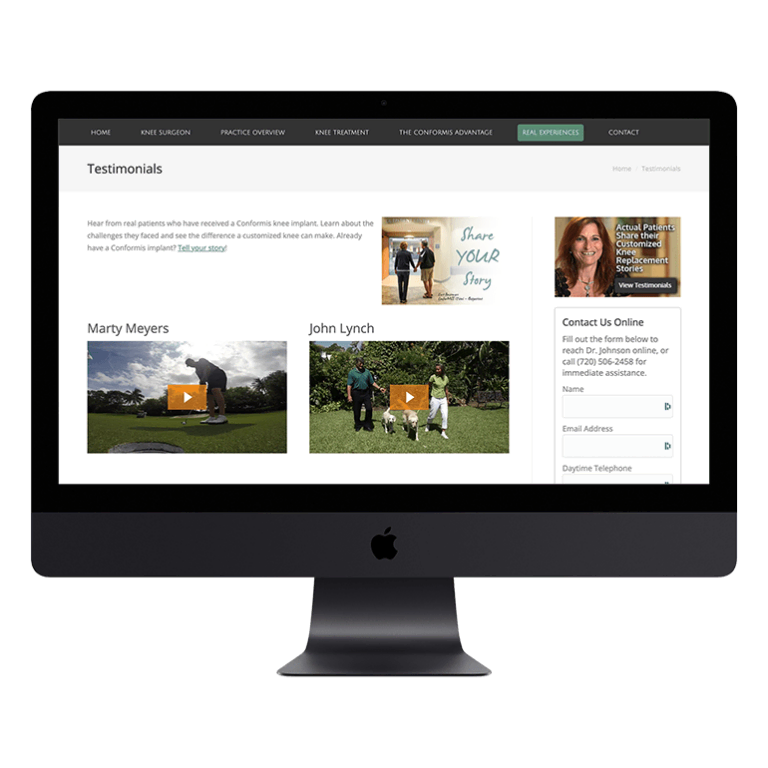
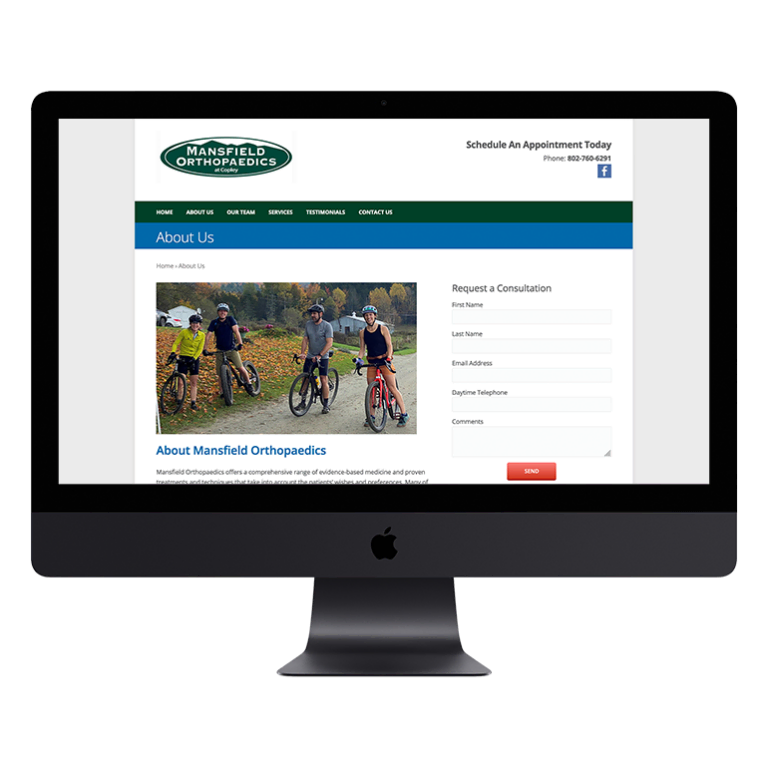
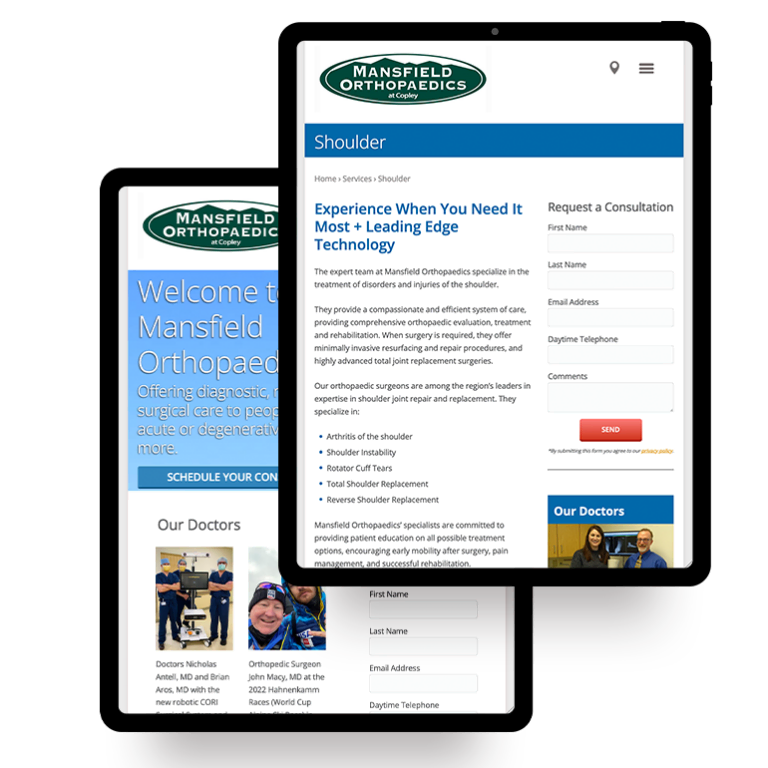

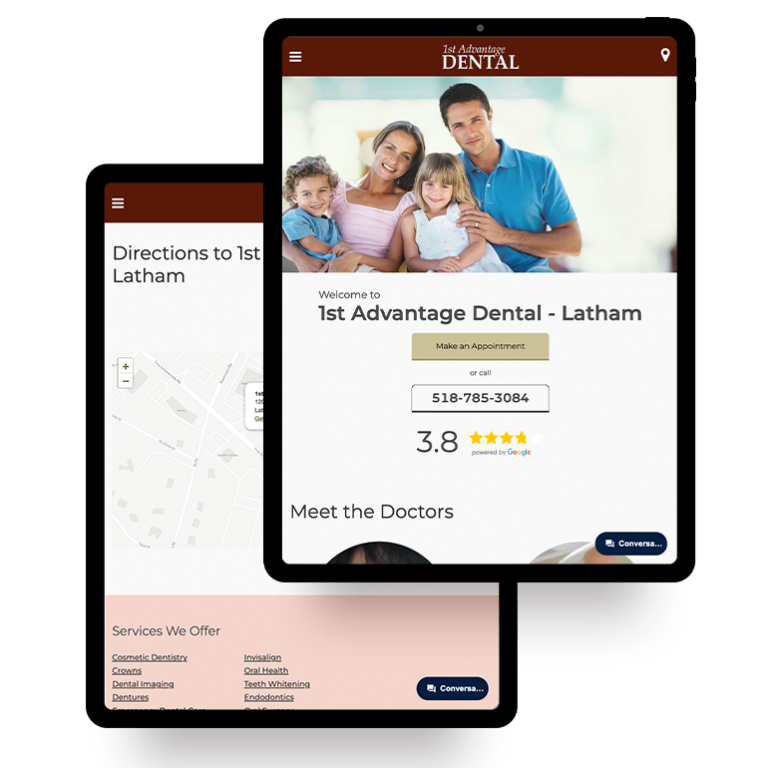

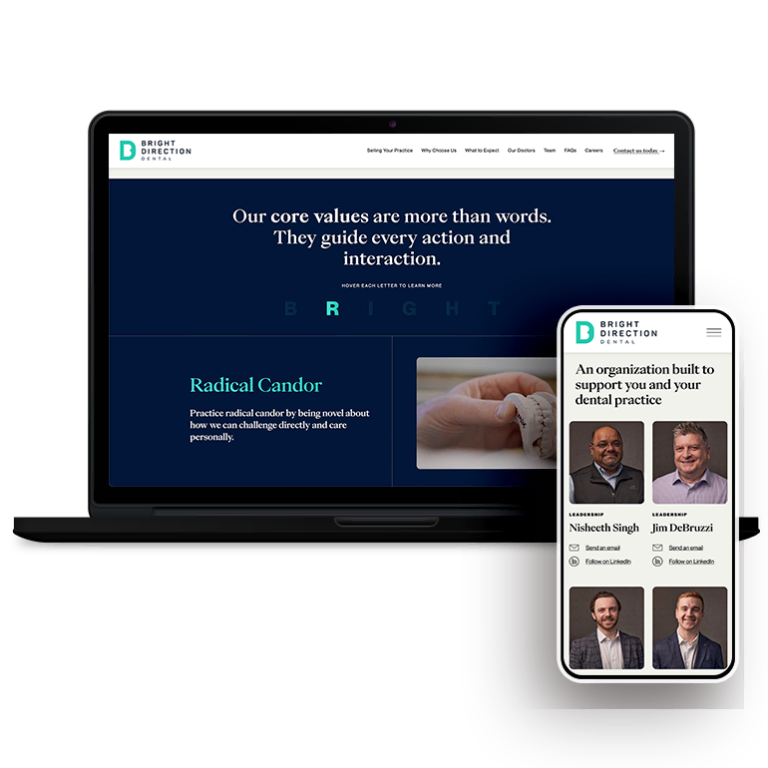
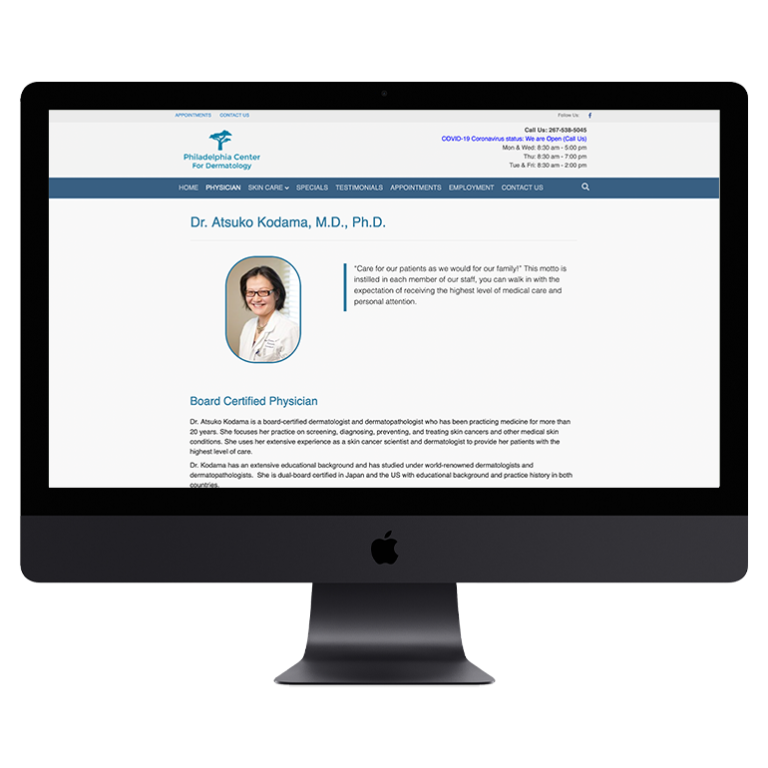
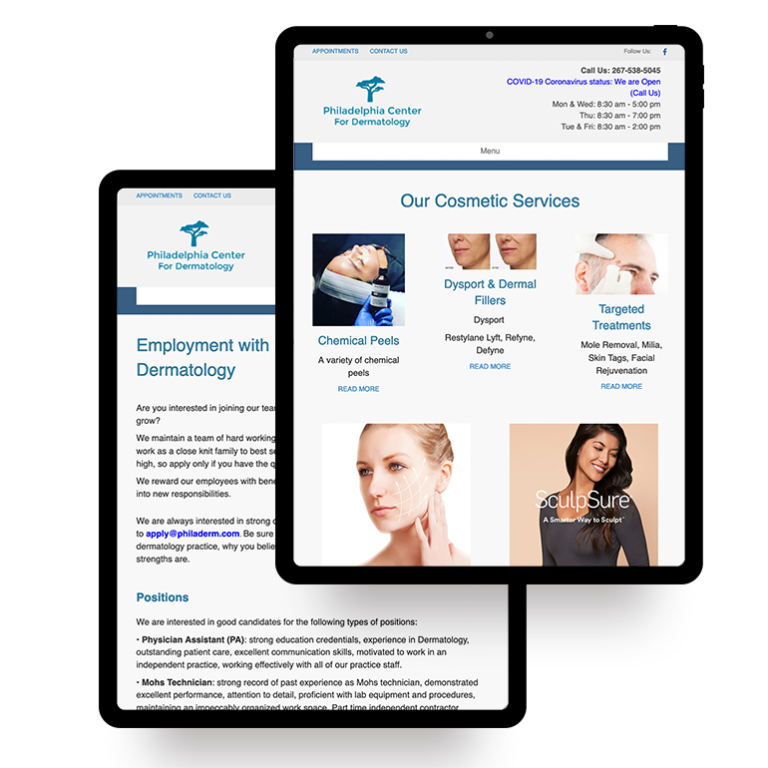
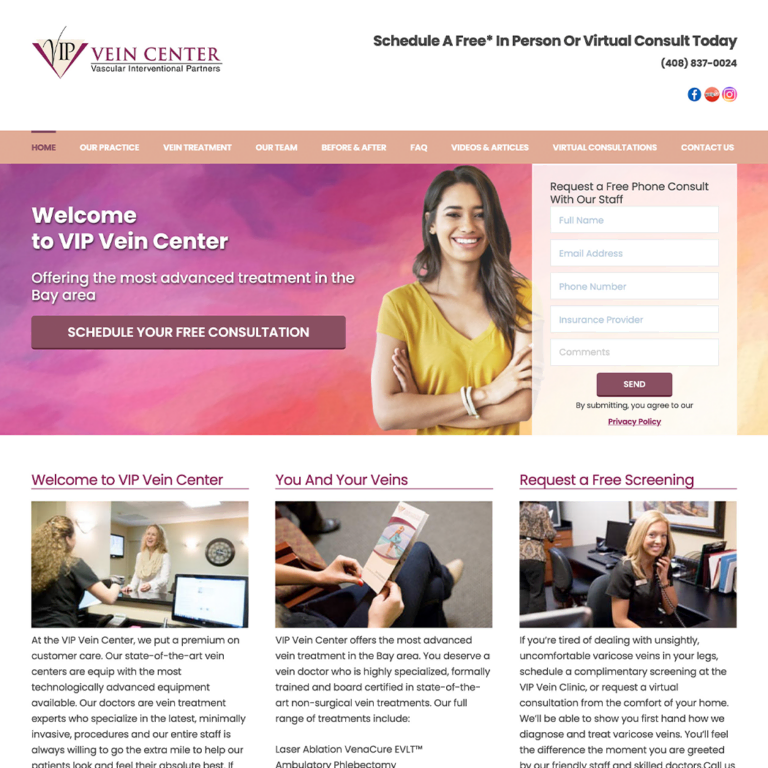
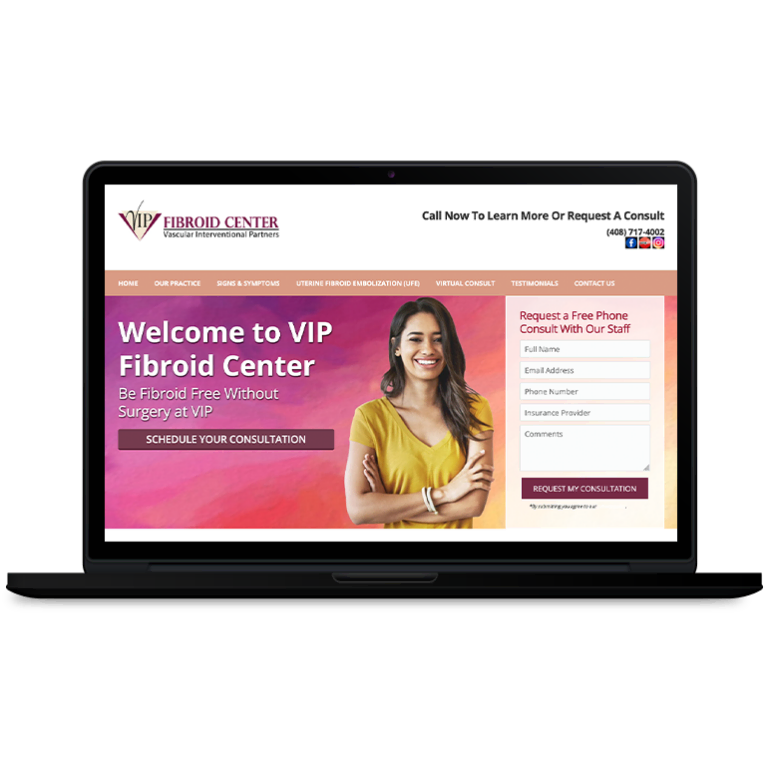

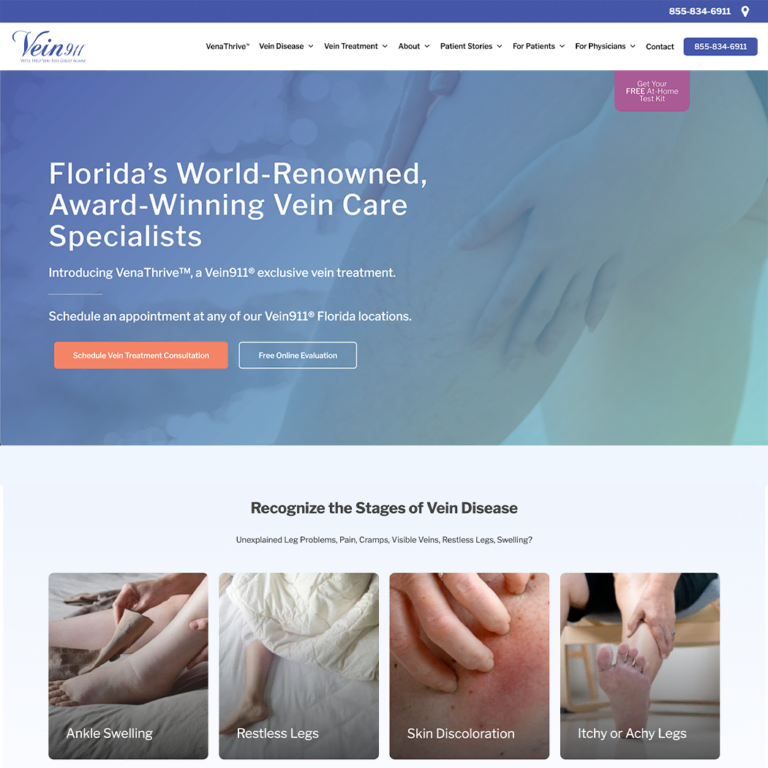
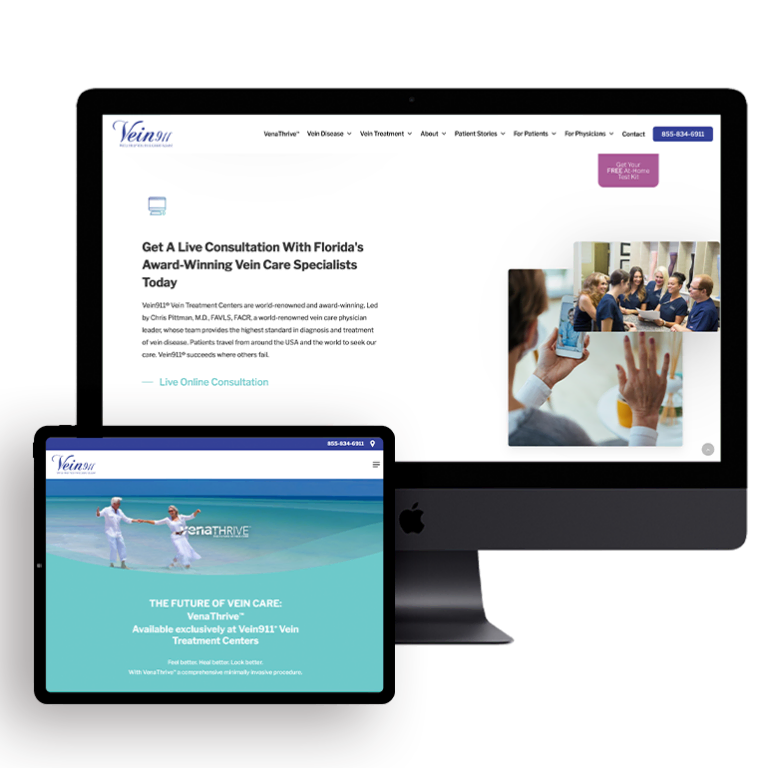
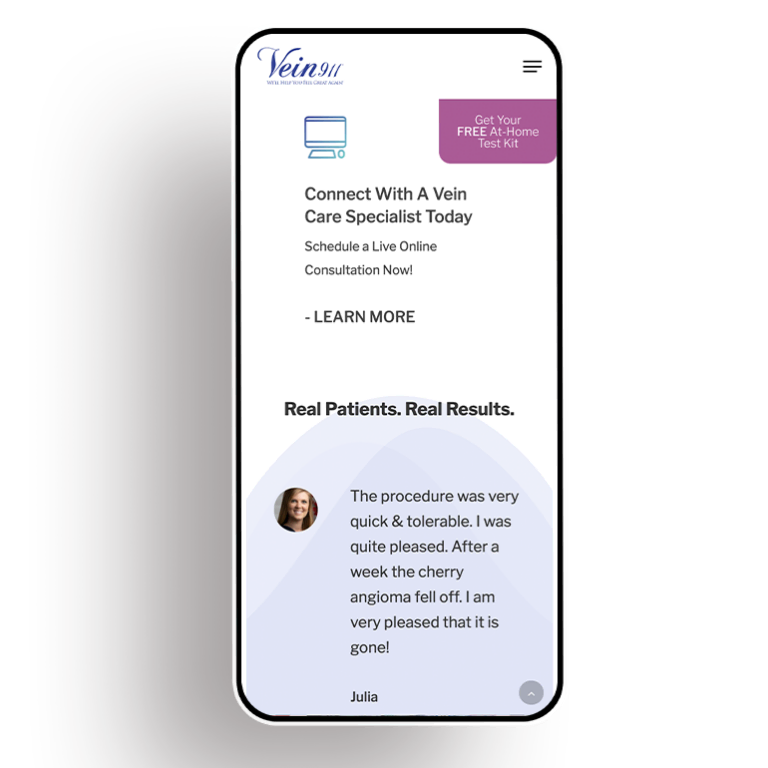
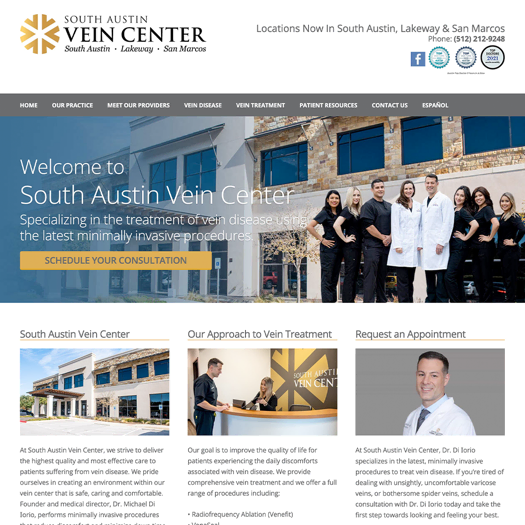
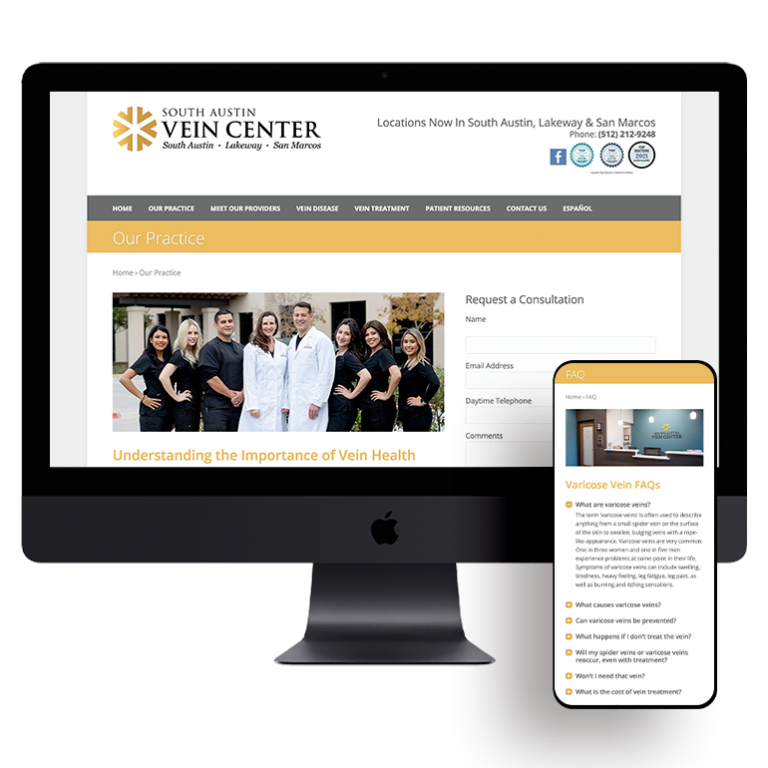
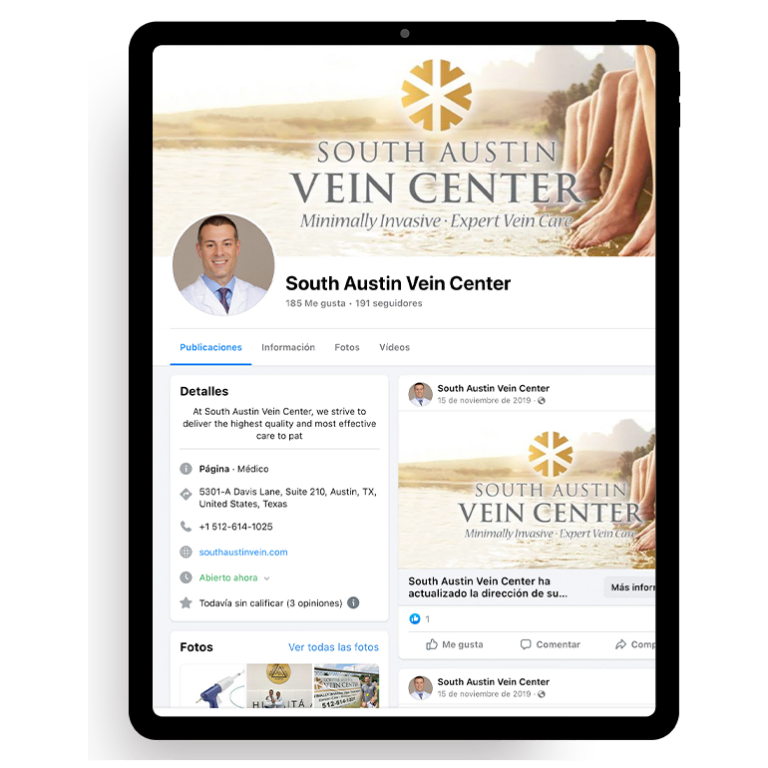



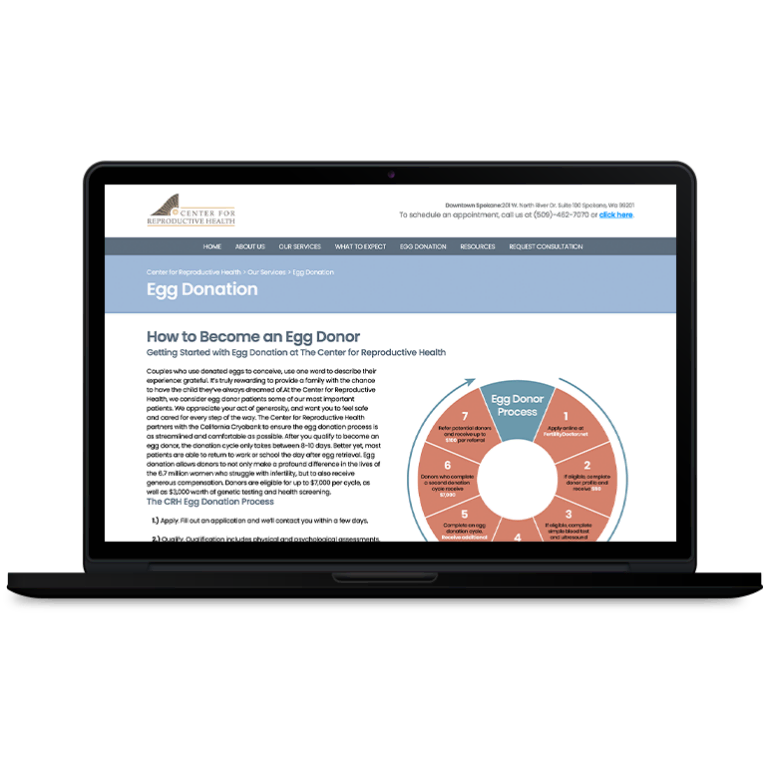
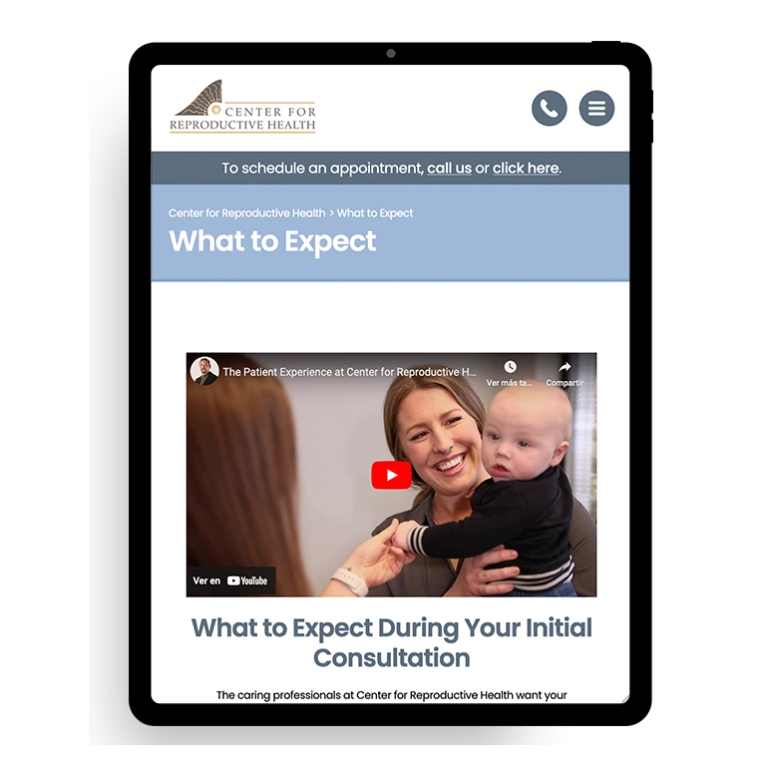
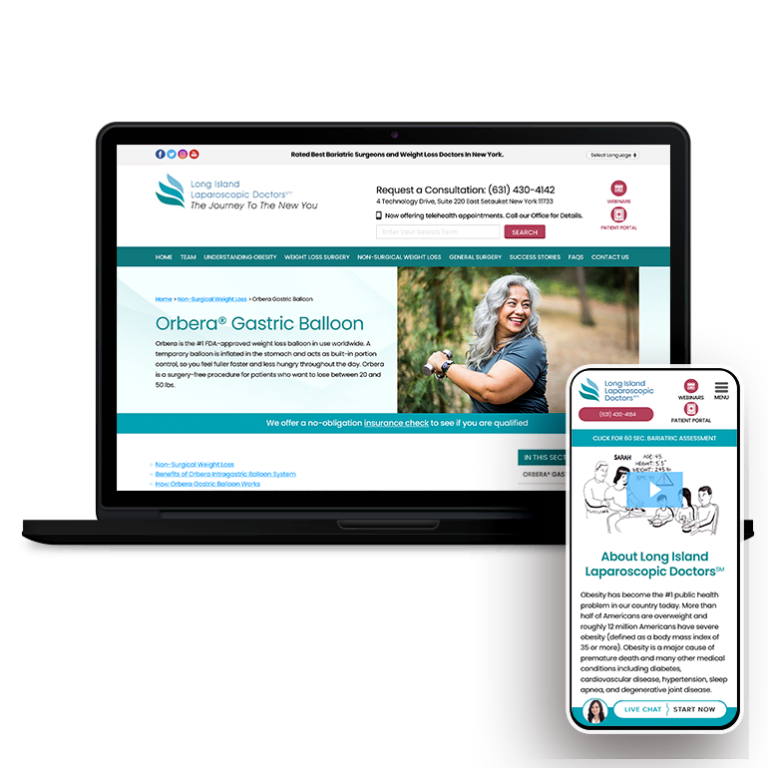
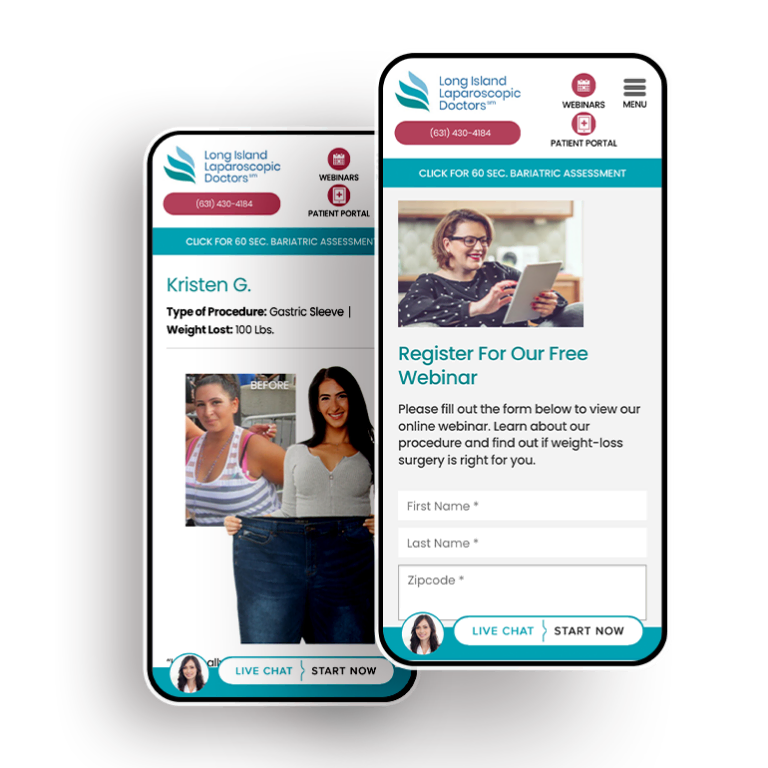
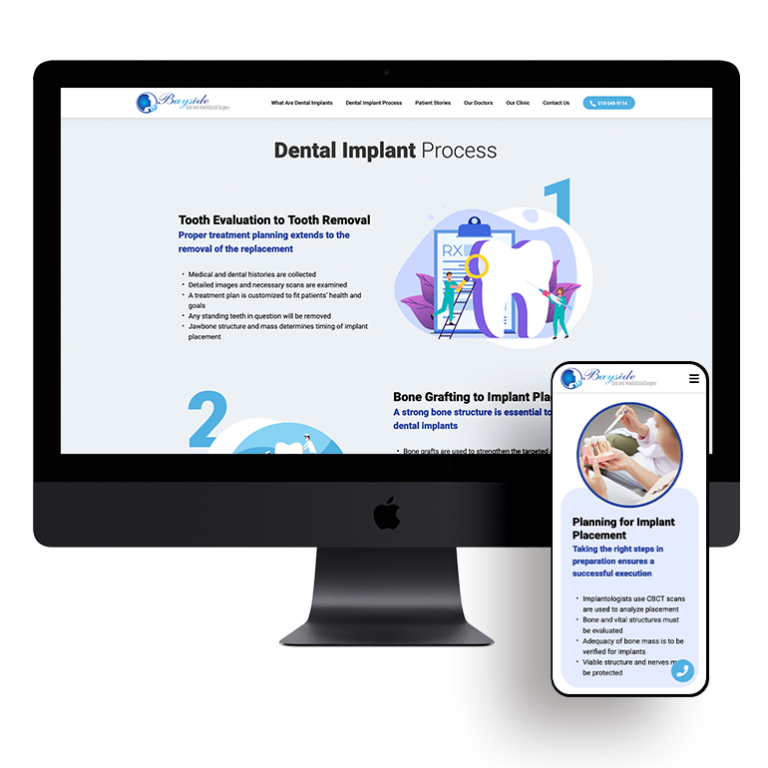

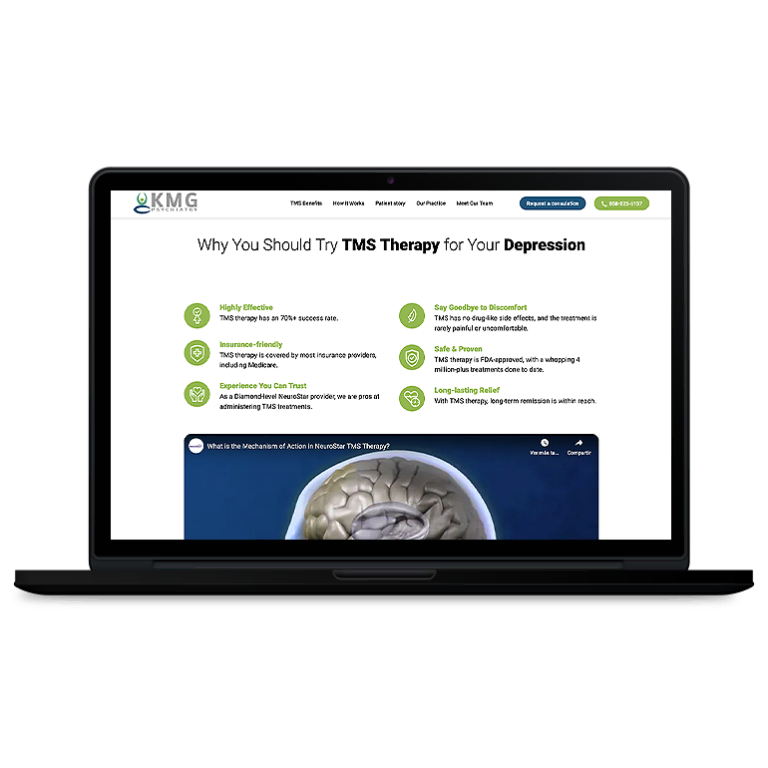


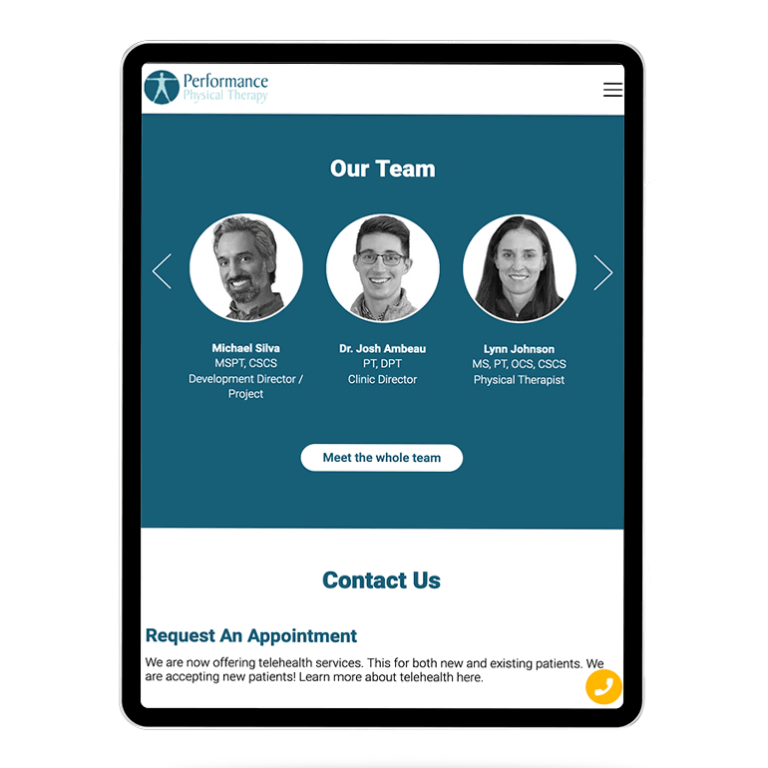

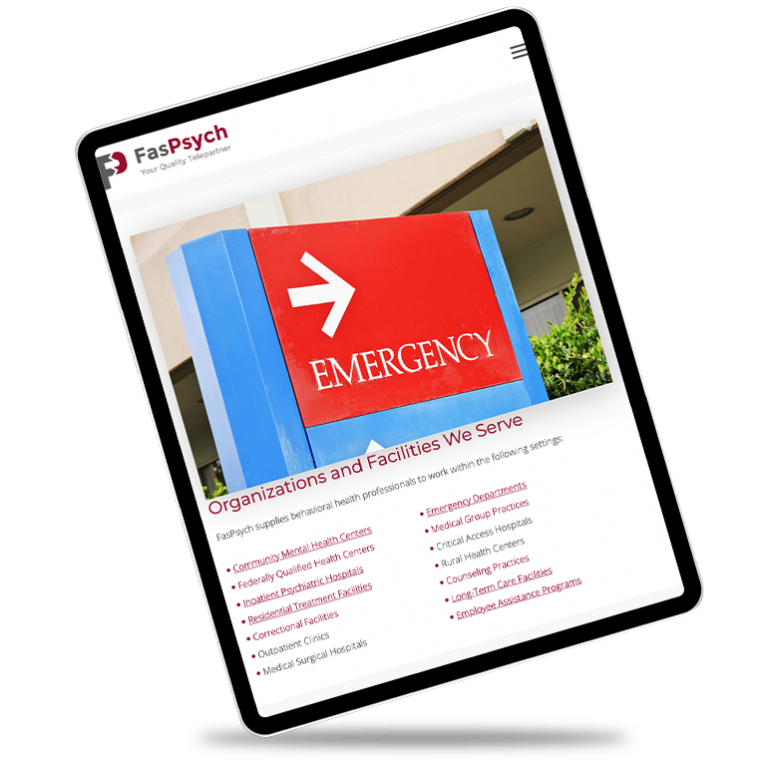
 Smart Design Creates New Patient Opportunities
Smart Design Creates New Patient Opportunities